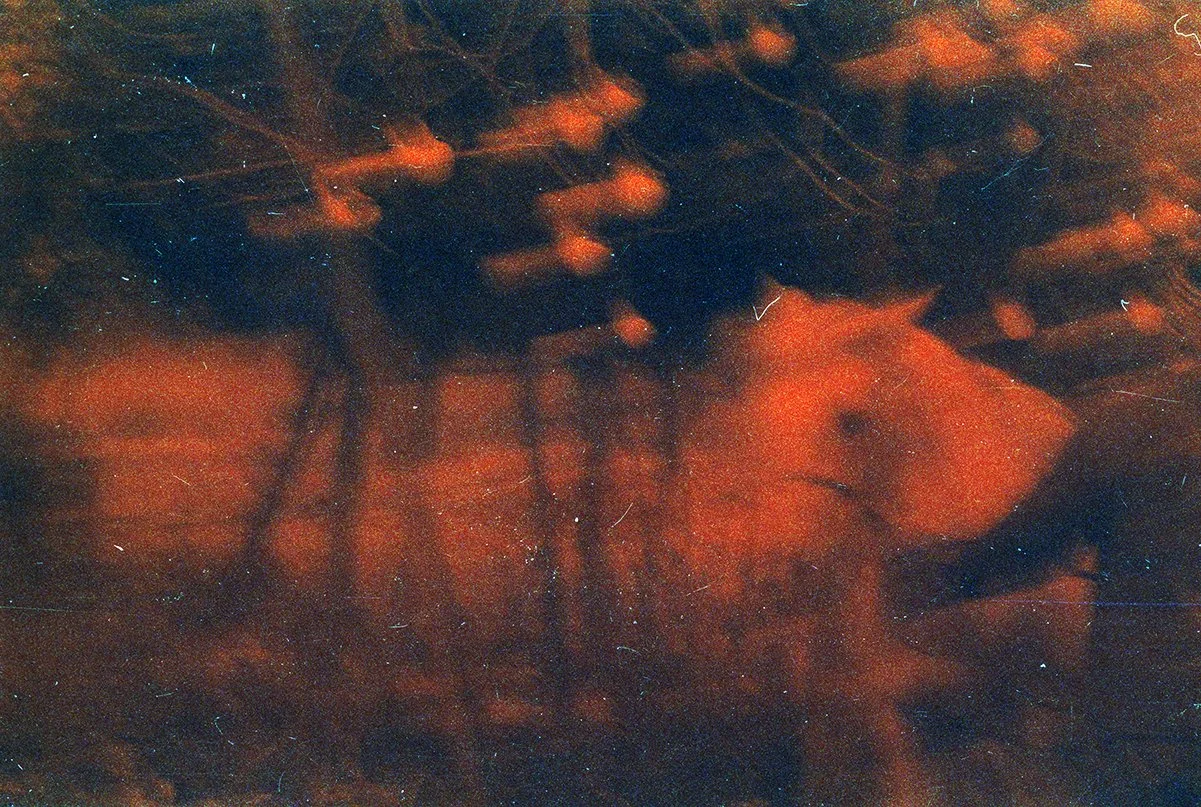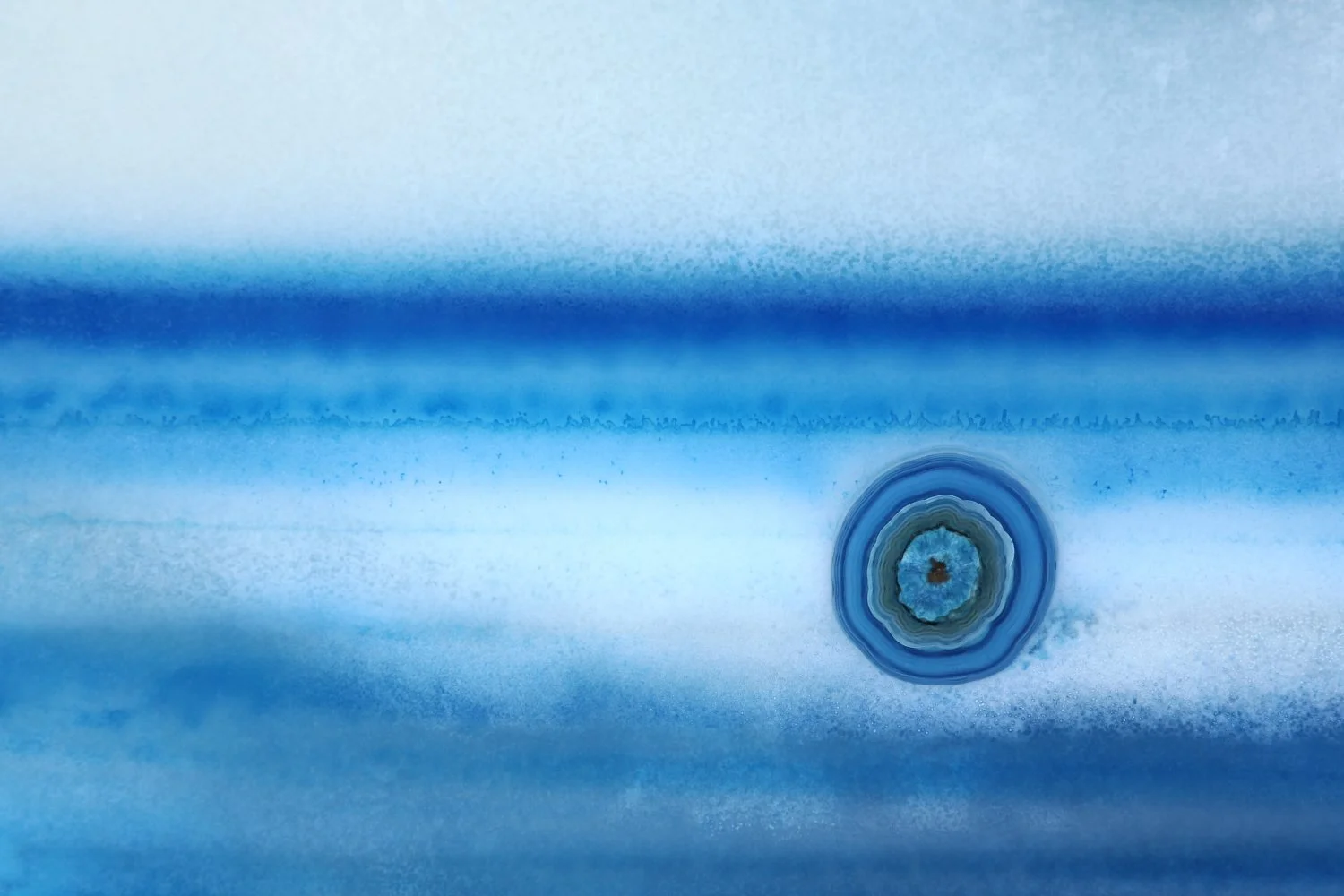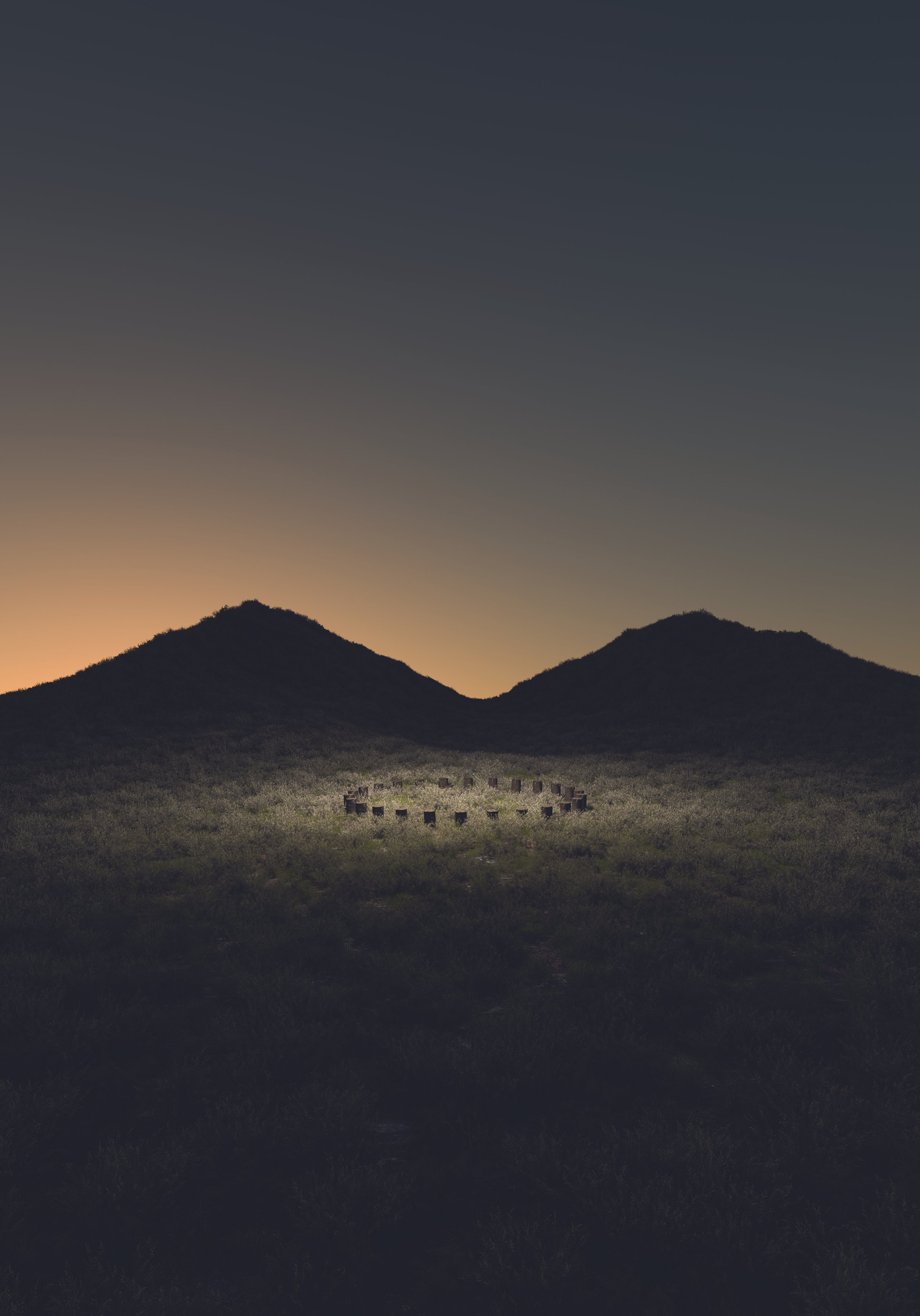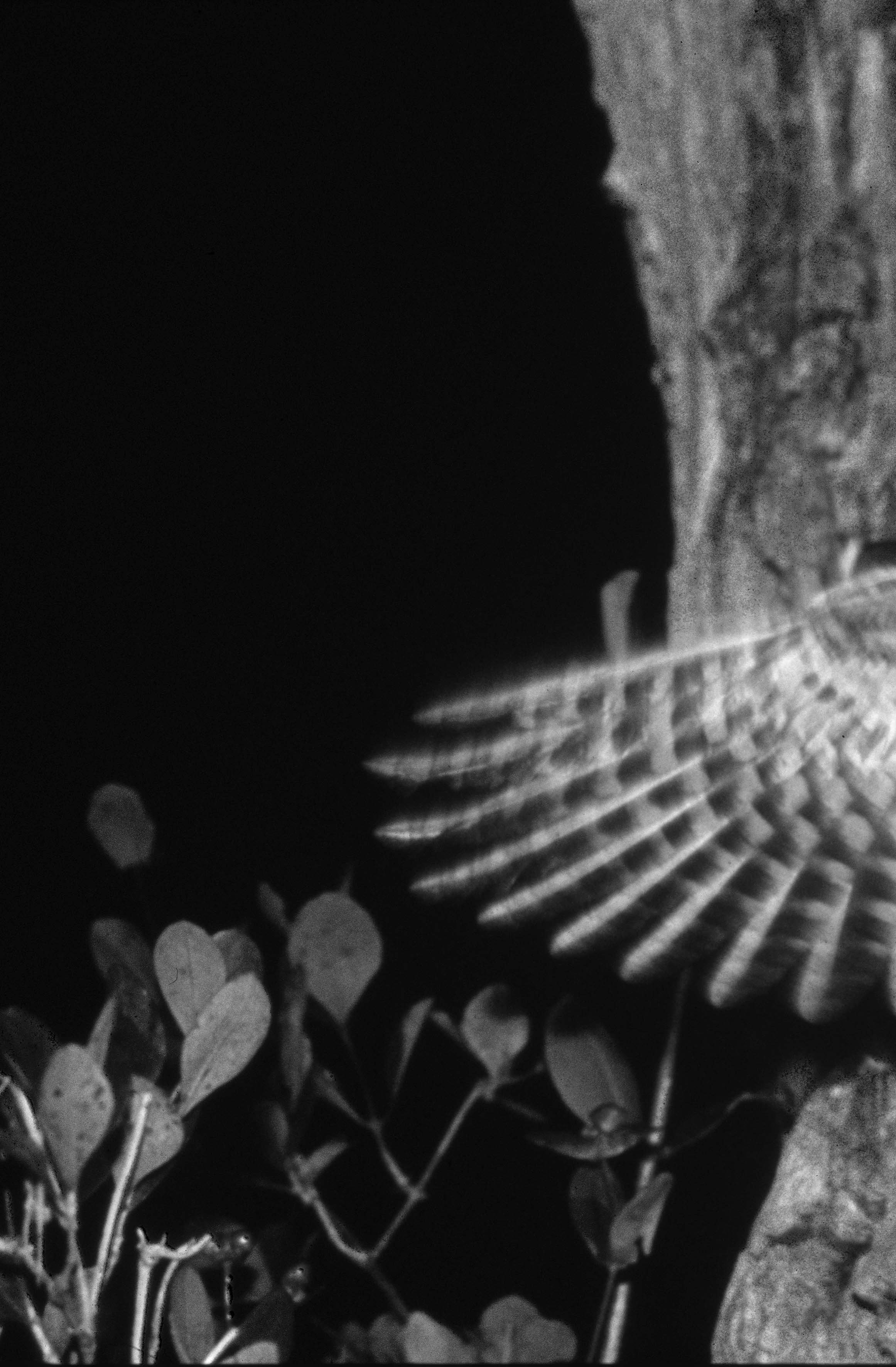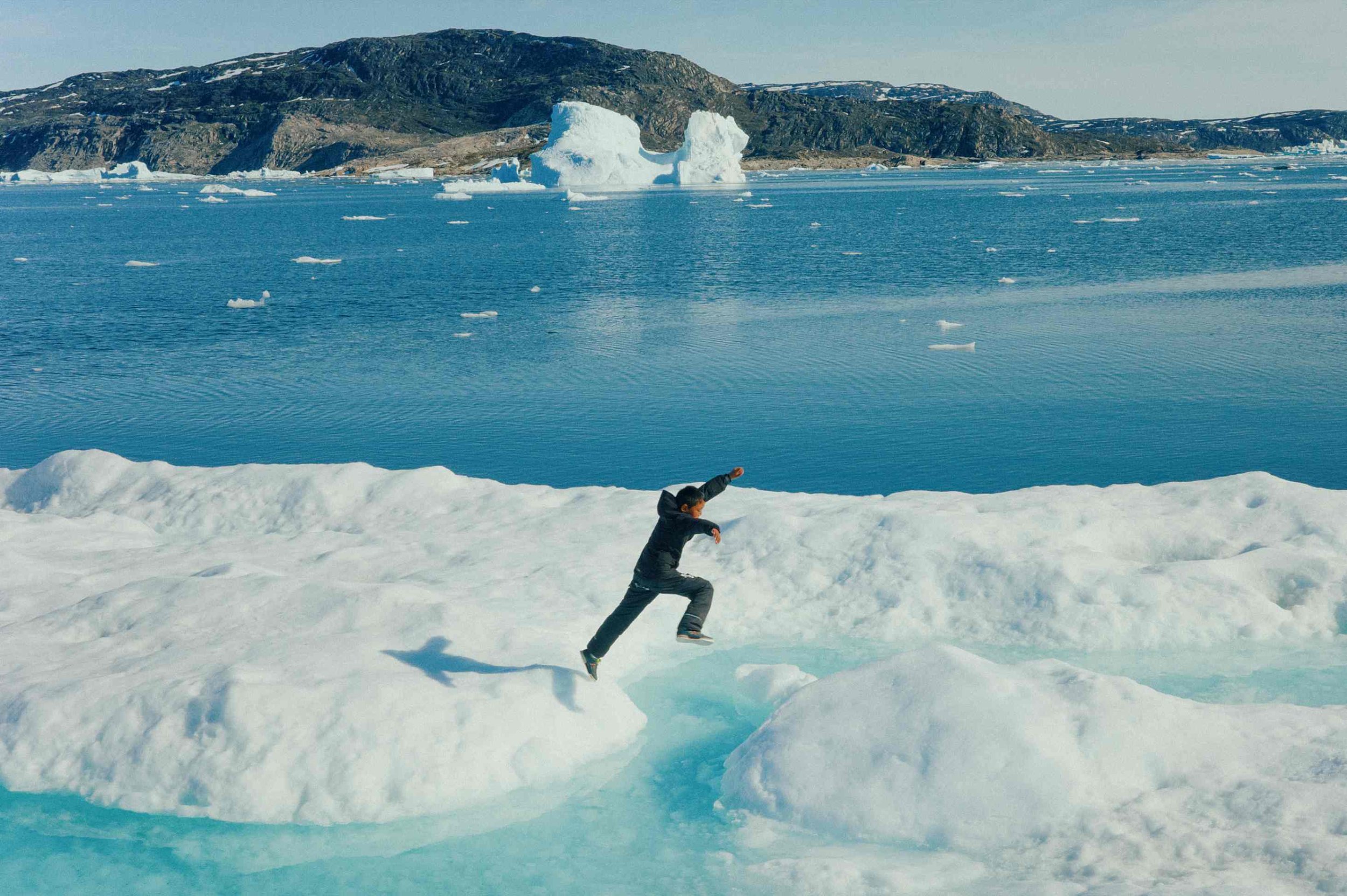
Grönland. Alles wird anders – Alpines Museum der Schweiz | Bern
Alpines Museum der Schweiz
25. Oktober 2024 – 16. August 2026
Grönland. Alles wird anders
© Julian Jonas Schmitt
Eine neue filmische Ausstellung über Klimawandel und Dekolonialisierung, Overtourism, die Jagd nach Bodenschätzen, Wege zu einer neuen Landwirtschaft, die Zukunft der Jugend und die lebendige grönländische Musikszene.
Rasant schmelzende Eismassen, boomender Tourismus, drei neue Flughäfen im Bau, wachsende Müllberge, globale Investoren auf der Suche nach Bodenschätzen und ein selbstbewusstes Grönland auf dem Weg zu einer indigenen Identität und Unabhängigkeit. Grönlands Wandel ist heftig, ungestüm und widersprüchlich. Doch wie sehen das die Menschen dort? Und was lernen wir daraus über die Welt, in der wir leben? Wie gehen wir mit Dilemmas und Widersprüchen um? Was macht Angst, und wo liegen Chancen? Eine bewegende Filminstallation mit original Grönland-Soundtrack.
© Gian Suhner
Une nouvelle exposition cinématographique sur le changement climatique et la décolonisation, l'overtourism, la chasse aux ressources minières, les voies vers une nouvelle agriculture, l'avenir des jeunes et la scène musicale vivante du Groenland.
Des masses de glace qui fondent à toute vitesse, un tourisme en plein essor, trois nouveaux aéroports en construction, des montagnes de déchets qui ne cessent de croître, des investisseurs mondiaux à la recherche de ressources naturelles et un Groenland sûr de lui, en route vers une identité indigène et l'indépendance. Les changements au Groenland sont violents, impétueux et contradictoires. Mais comment les habitants le perçoivent-ils ? Et qu'est-ce que cela nous apprend sur le monde dans lequel nous vivons ? Comment gérons-nous les dilemmes et les contradictions ? Qu'est-ce qui fait peur et où se trouvent les opportunités ? Une installation cinématographique émouvante avec une bande-son originale du Groenland.
© Julian Jonas Schmitt
Una nuova rassegna cinematografica sui cambiamenti climatici e la decolonizzazione, l'overtourism, la caccia alle risorse naturali, i percorsi verso una nuova agricoltura, il futuro dei giovani e la vivace scena musicale groenlandese.
Il rapido scioglimento delle masse di ghiaccio, il boom del turismo, tre nuovi aeroporti in costruzione, montagne di rifiuti in crescita, investitori globali alla ricerca di risorse naturali e una Groenlandia sicura di sé, in cammino verso un'identità e un'indipendenza autoctone. Il cambiamento della Groenlandia è violento, impetuoso e contraddittorio. Ma come lo vede la gente del posto? E cosa possiamo imparare da questo sul mondo in cui viviamo? Come affrontiamo i dilemmi e le contraddizioni? Cosa ci spaventa e dove sono le opportunità? Un'installazione cinematografica in movimento con una colonna sonora originale della Groenlandia.
© Gian Suhner
A new cinematic exhibition about climate change and decolonization, overtourism, the race for natural resources, paths to a new agriculture, the future of young people and the vibrant Greenlandic music scene.
Rapidly melting ice masses, booming tourism, three new airports under construction, growing mountains of garbage, global investors looking for natural resources and a self-confident Greenland on the path to an indigenous identity and independence. Greenland's transformation is intense, impetuous and contradictory. But how do the people there see it? And what can we learn about the world we live in? How do we deal with dilemmas and contradictions? What causes fear and where do we see opportunities? A moving film installation with an original Greenlandic soundtrack.
(Text: Alpines Museum der Schweiz, Bern)










